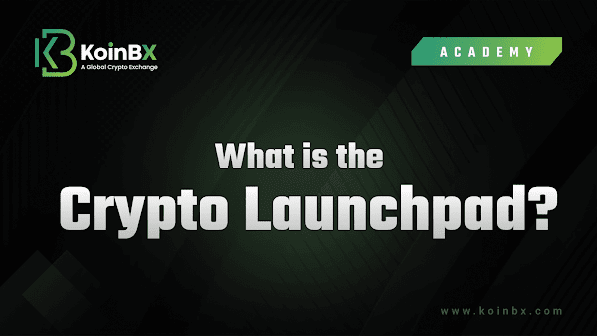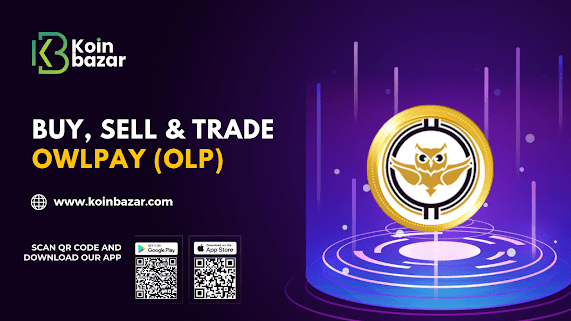A complete guide for Fungible vs Non-Fungible Token
The fungible and non-fungible tokens have gained pace in recent years. Fungible and Non-fungible tokens are being heralded as the future of the blockchain economy. The majority of individuals are confused about the difference between fungible and non-fungible tokens.
Are you curious about the difference between fungible and non-fungible tokens? But what if you're not sure? So, here's the answer to your question. You might be able to figure out what it's all about if you take the right steps.
This article will assist you in determining the difference between fungible and non-fungible tokens, as well as the right solution at the conclusion.
What exactly are tokens?
Tokens reign supreme in the cryptocurrency industry. A token is a little object that serves as a physical representation of a fact or a trait, and it can be anything of value. Tokens aren't limited to a single function; instead, they can play a variety of roles in their native environment. Tokens can be used for a variety of purposes, such as acting as a gateway to decentralized apps.
Furthermore, they may entitle the holders to certain voting privileges. Fungible tokens are totally interchangeable with one another, and fungible assets include fiat currencies.
Types of tokens:
As we have already seen what are tokens, let’s delve deep to explore the types of tokens.
- Fungible token
- Non-fungible token
Fungible tokens:
Due to its decentralization, security, and immutability, blockchain is often recognized as the best technology for handling all types of digital assets. This form of token is built so that each fraction of a token is equivalent to the next.
Bitcoin, for example, is fungible, which means that one Bitcoin is equal to another Bitcoin and all other Bitcoins. Such tokens are assumed to be interchangeable and divisible.
In other words, these are cryptographic tokens that are virtually the same or uniform and maybe readily exchanged with other fungible tokens of the same type. These tokens are tied to the things we use on a daily basis, and they may be used to represent both physical and digital goods.
Non-fungible tokens:
Non-fungible tokens differ from fungible tokens in that they represent unique, collectible items. Because they can't be divided or swapped for other non-fungible tokens of the same type, they're one-of-a-kind. NFTs are non-fungible tokens that allow blockchain technology to be used in a variety of ways.
| SI.NO | FACTORS | FUNGIBLE | NON-FUNGIBLE TOKENS |
| 1 | Interchangeability | Fungible tokens are easily interchangeable, but there is no additional value in doing so. | Each token represents a unique value, non-fungible tokens are not interchangeable. |
| 2 | Transfer of Value | The quantity of tokens in a person's possession determines the value transfer. | The value of the one-of-a-kind asset represented by NFT is useful in transferring value. |
| 3 | Divisibility | Fungible tokens can be broken down into smaller pieces, and the smaller pieces can be used to assist pay off bigger payments. | NFTs are not divisible, and their value is based on the whole. |
| 4 | Token standards | The ERC-20 standard is used by fungible tokens. | The ERC-721 standard is used by non-fungible tokens. |




Comments
Post a Comment